The new automotive year started, as it always does, with a trip to the snow-blanketed Cobo Hall for the Detroit motor show. The 2010 event had been held so close to the gut-wrenching early implications of recession that its outlook had been practically funereal, but there was enough optimism around a year later to make it seem like 2011 might just unfold with a slightly more positive attitude.
Nothing signalled that shift in mindset quite as aptly as Porsche’s outrageous 918 RSR hybrid racer. Revealed at Detroit, the car’s unusually well finished interior was rounded off by the energy-storing flywheel located in the passenger footwell, looking suspiciously like a 21st century flux capacitor.
While Porsche was already engaged in refining the future – specifically the forthcoming 918 Spyder that will be heavily influenced by the RSR – Ferrari was busy catching up with the present. By the end of the month it had unveiled the new FF, a front-engined, four-seat replacement for the 612 Scaglietti that featured the brand’s first all-wheel drive system and the long, raked roofline of a shooting brake.
Ferrari had coaxed 630bhp from a newly developed V12 engine for the FF, but even that wasn’t sufficient to compete with Pagani’s replacement for the Zonda, which we featured in the same issue. The Huayra’s own AMG-built, twin-turbocharged V12 monster produced 700bhp and was intended to sound like a aeroplane taking off. It did.
A little more down to earth, but certainly more seismic in impact, was the much-anticipated landing of the new Ford Focus. It touched down in the south of France, which is where we dispatched its closest rivals, the Volkswagen Golf and Vauxhall Astra, to meet it for the unambiguously titled ‘Test of the Year’. Despite being undeniably class-leading in some areas, the Ford was ultimately outpointed by the sixth generation of Volkswagen’s evolutionary hatchback.
It wasn’t the only ‘global’ car to struggle on Europe’s sophisticated stage that month. In January we published the road test of the new Nissan Micra – a car constructed on four continents to meet the demands of 160 different national markets. It, too, failed to measure up to the supermini benchmark, which, ironically, its predecessor had originally helped to establish.
The final mention here in an already busy new year has to go to another small car inflated by the warm air of big ideas. To mark the arrival of the Mini Countryman, we took the new model to the testing climate and conditions of Chile’s Atacama desert.
High altitude is appropriate for the car; as BMW’s first conspicuous attempt to breach the limitations of its heritage, the four-door, four-wheel-drive, four-metre-long SUV is as close as the calculating brand comes to operating without oxygen.

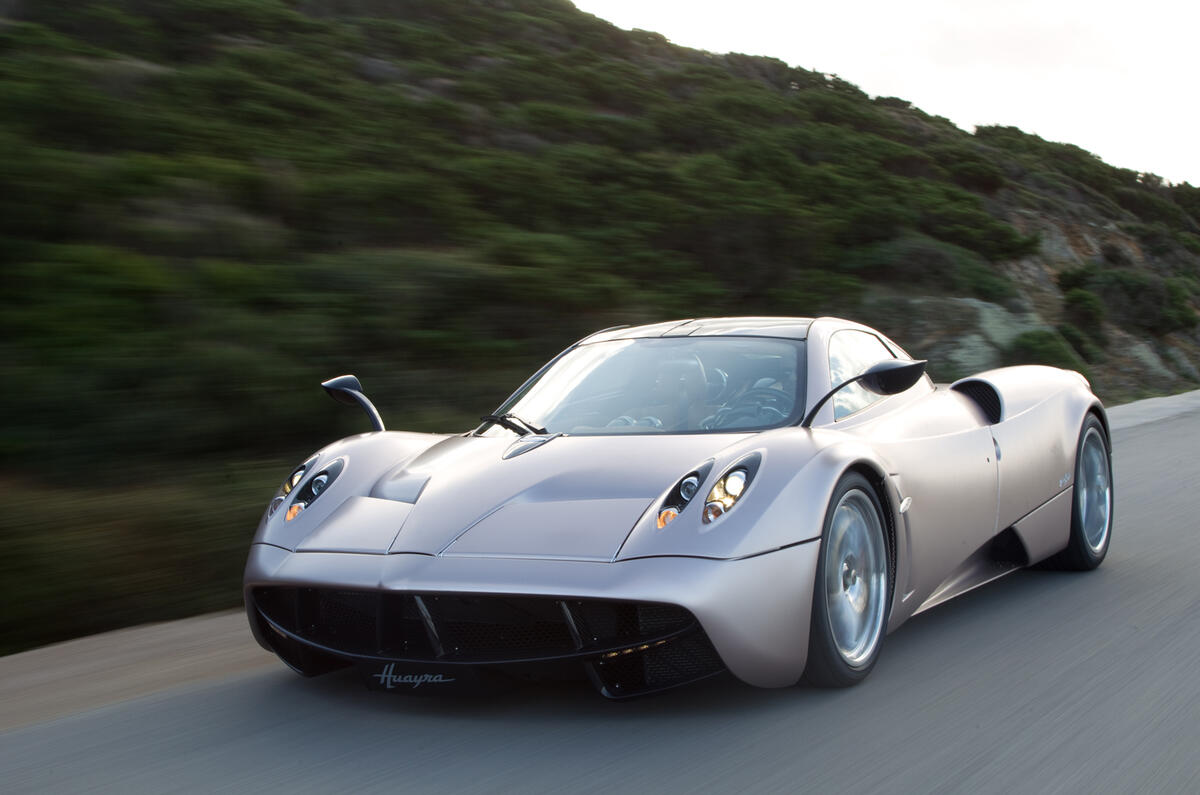
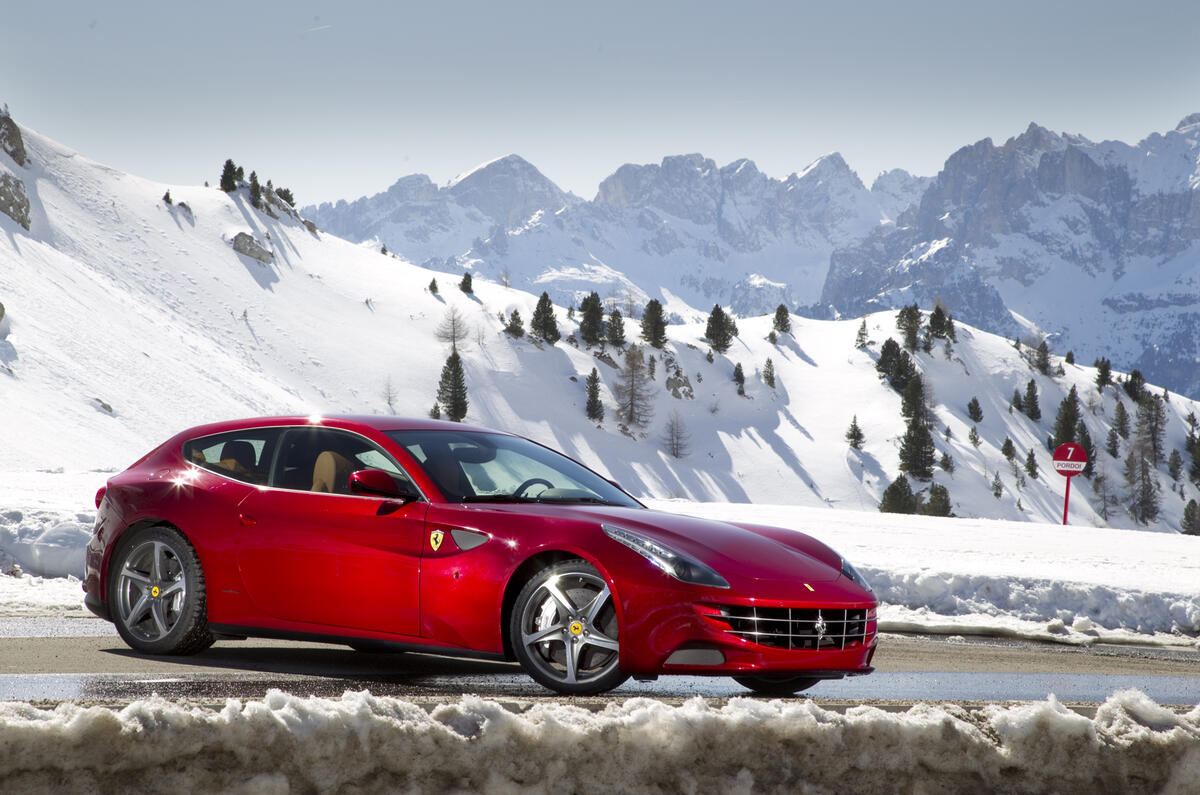
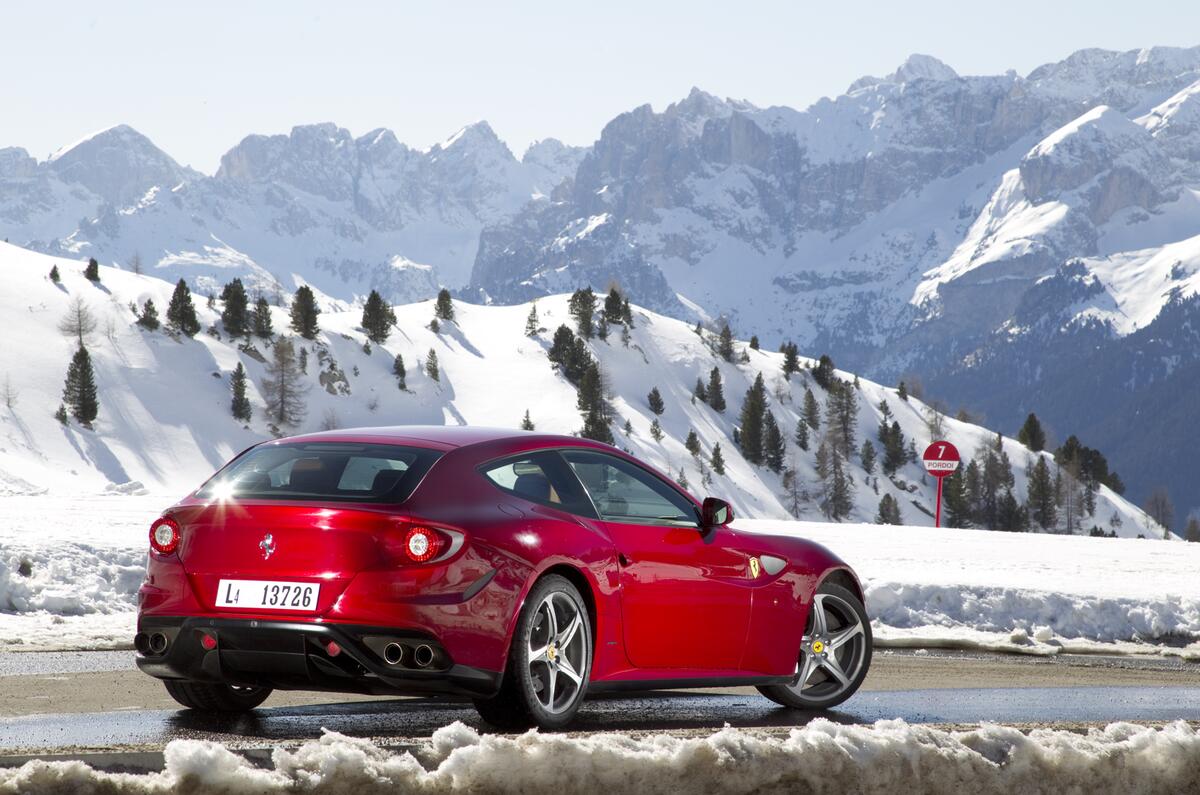
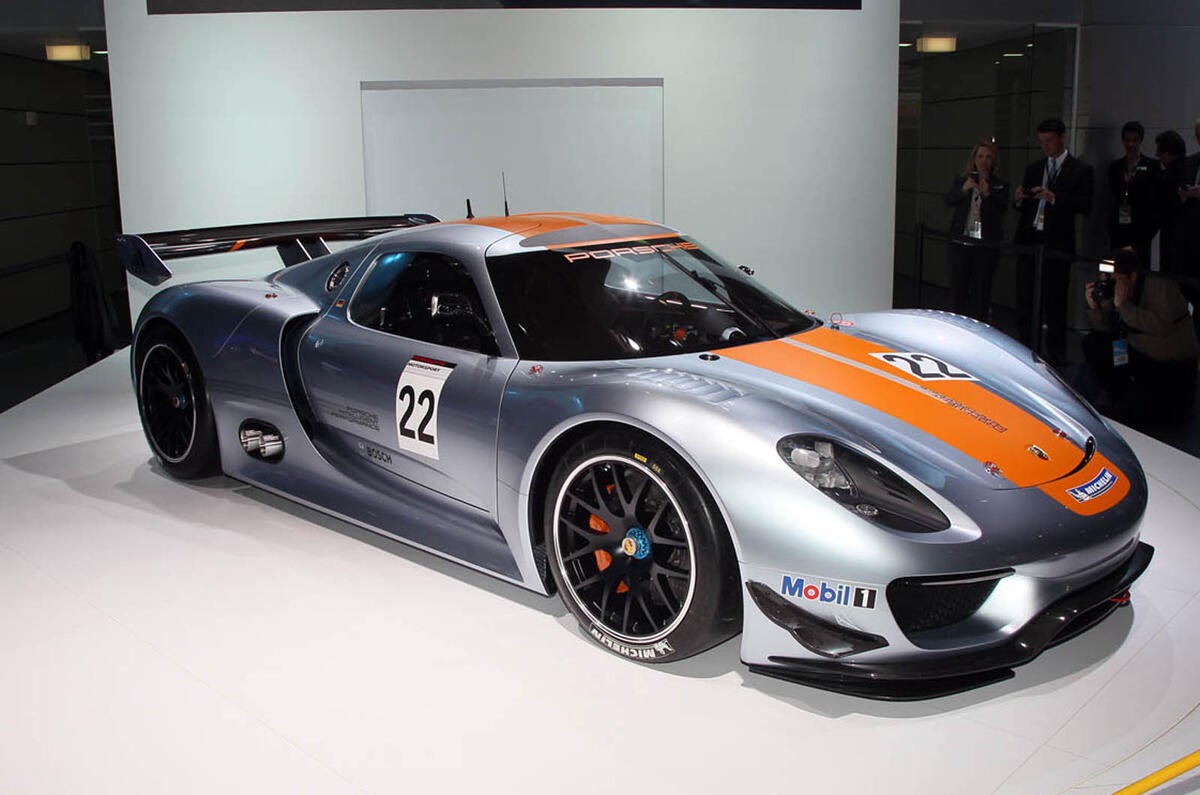
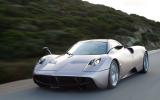
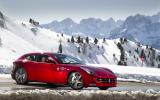

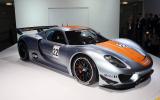



Add your comment